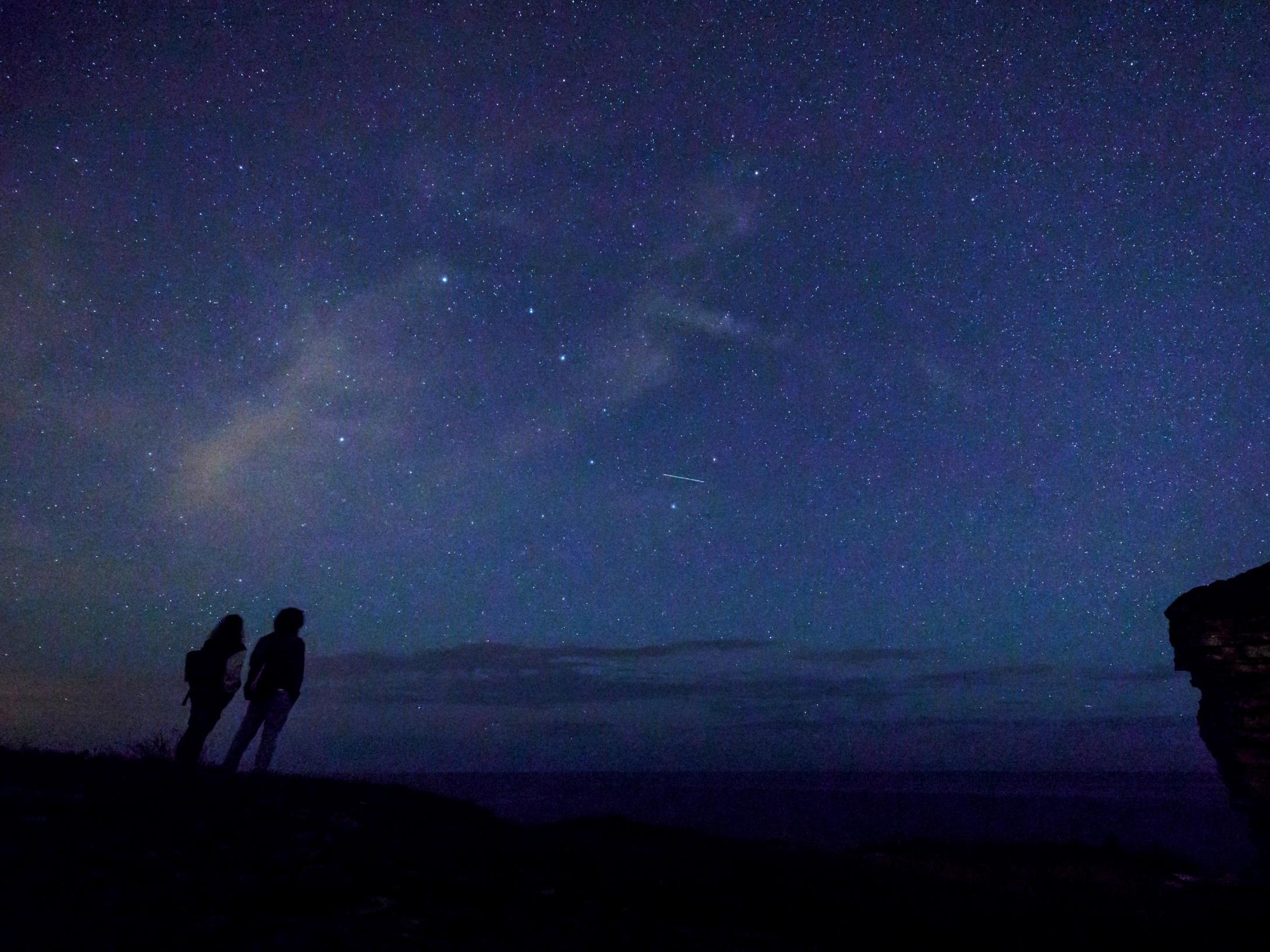Nasa funds major new search for signs of life elsewhere in the universe

Your support helps us to tell the story
From reproductive rights to climate change to Big Tech, The Independent is on the ground when the story is developing. Whether it's investigating the financials of Elon Musk's pro-Trump PAC or producing our latest documentary, 'The A Word', which shines a light on the American women fighting for reproductive rights, we know how important it is to parse out the facts from the messaging.
At such a critical moment in US history, we need reporters on the ground. Your donation allows us to keep sending journalists to speak to both sides of the story.
The Independent is trusted by Americans across the entire political spectrum. And unlike many other quality news outlets, we choose not to lock Americans out of our reporting and analysis with paywalls. We believe quality journalism should be available to everyone, paid for by those who can afford it.
Your support makes all the difference.Nasa is funding a major new search for alien life elsewhere in the universe.
The project – which is being run by scientists at Harvard and the University of Rochester – will scan the skies for signs of life known as technosignatures. Those are indications of alien technologies, which would be revealed to us either on purpose or by accident.
The research is the first time in three decades that Nasa has given a grant to look for intelligent life elsewhere in the universe, and the first time it has ever tried to do so without looking for radio technosignatures.
Researchers believe that while life elsewhere in the universe may look very different, it is likely to be identifiable by similar signatures as those given off by life on Earth. As such, they hope that they will be able to spot indications that alien civilisations elsewhere are using the kind of technology we are already using, or could theoretically use in the future.
"Technosignatures relate to signatures of advanced alien technologies similar to, or perhaps more sophisticated than, what we possess," said Avi Loeb, Frank B. Baird Jr. Professor of Science at Harvard. "Such signatures might include industrial pollution of atmospheres, city lights, photovoltaic cells (solar panels), megastructures, or swarms of satellites."
Astronomers believe that the search could have more success than in the past because humanity has made great strides in finding worlds elsewhere in the universe, and understanding whether they could serve as home to life elsewhere. With those discoveries, researchers should now be able to know more accurately where they should be looking.
"The Search for Extraterrestrial Intelligence (SETI) has always faced the challenge of figuring out where to look. Which stars do you point your telescope at and look for signals?" said Adam Frank, a professor of physics and astronomy at the University of Rochester, and the primary recipient of the grant. "Now we know where to look. We have thousands of exoplanets including planets in the habitable zone where life can form. The game has changed."
At first, the researchers will look for two main signatures: solar panels, and pollutants. Both represent key and identifiable ways that humanity has changed the Earth, and so any alien civilisation might do the same.
It is likely that other civilisations would look to harness the energy of their sun as they look for new ways to power their technology, for instance. If that was done in the form of solar panels, we might be able to see reflections being sent through the universe.
"The nearest star to Earth, Proxima Centauri, hosts a habitable planet, Proxima b. The planet is thought to be tidally locked with permanent day and night sides," said Loeb. "If a civilization wants to illuminate or warm up the night side, they would place photovoltaic cells on the day side and transfer the electric power gained to the night side."
Likewise, the chemicals released as any alien civilisation builds its infrastructure is likely to be possible to pick up. By looking for chemicals that are unlikely to be produced naturally, we might be able to see that sign across the universe.
Join our commenting forum
Join thought-provoking conversations, follow other Independent readers and see their replies
Comments